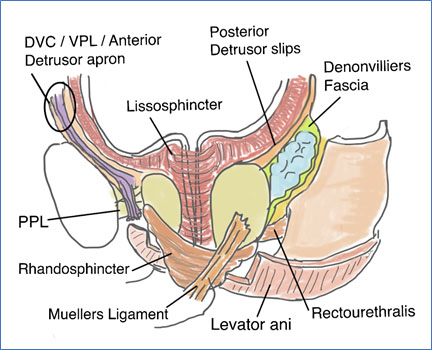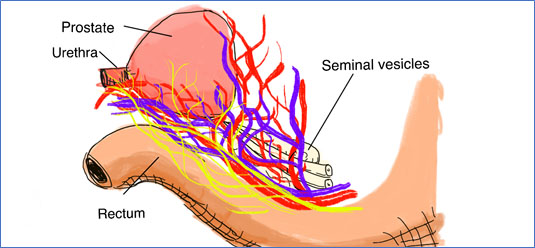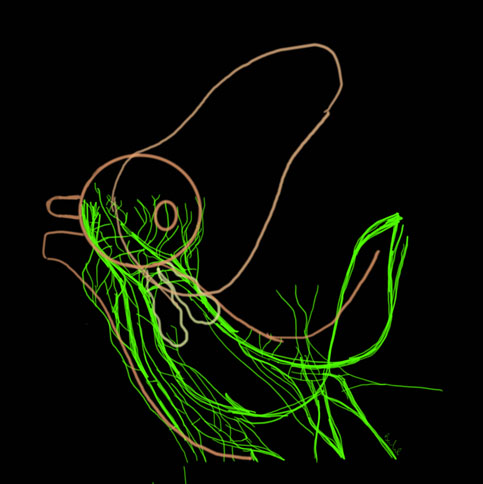This video (Figure 1) shows my view of how the different elements of the male pelvis fit together. As you can see, there are many, and their arrangement is complex (Figure 2). In my mind, each of these components has an important role to play in male continence. Ideally, therefore, they should all be preserved during RARP. If they cannot be preserved, they should be reconstructed. If not reconstructed, then at least acknowledged during meticulous dissection!

Some of the continence components appear to have an active function (sphincter complex, rectourethralis muscle, bladder neck, pelvic floor muscles, detrusor slips, anterior detrusor apron) and others a passive, or structural function (denonvillers fascia, puboprostatic ligaments, DVC, anterior endopelvic fascia and pubovesical ligament, lateral endopelvic fascia, muellers ligaments). In my view, it is important to remember, however, that structures that appear to have a passive function may contain other anatomical structures that have important functions, such as the parasympathetic nerves and blood vessels of the neurovascular bundles that run between the prostate fascia, endopelvic fascia and denonvilliers fascia (Figures 3 and 4). Preservation of the ‘passive’ components may therefore improve the function of ‘active’ components downstream.

